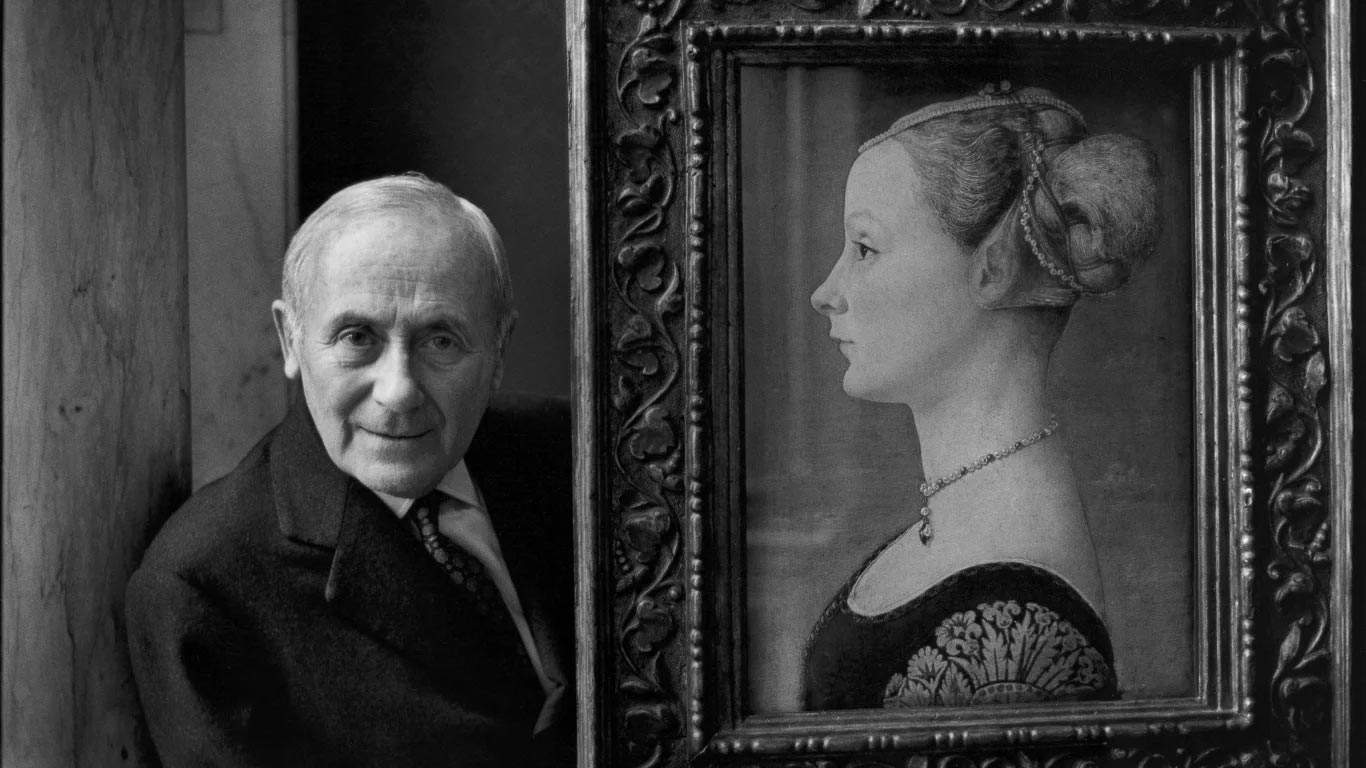Venice, a new space opens: the Rooms of Photography. And it begins with Ugo Mulas
A new center for photography opens in Venice : these are the Stanze della Fotografia, the joint initiative of Marsilio Arte and the Giorgio Cini Foundation, destined to continue the path begun in 2012 at the Casa dei Tre Oci in Venice, in the conviction, the two founding institutions explain, “that photography, among the most interesting artistic languages of the modern and contemporary, should have its own specific home in Venice.” It begins from March 29 to August 6 with the exhibition Ugo Mulas. The photographic operation, presented at the inauguration of the new center, is produced in collaboration with the Mulas Archive and curated by Denis Curti and Alberto Salvadori, director of the Archive. The project coincides with the 50th anniversary of the author’s death on March 2, 1973. More than 300 images, including 30 photos never exhibited before, documents, books, publications, and films, offer a synthesis capable of restoring a reading that opens up to the different experiences faced by Ugo Mulas (Pozzolengo, 1928 - Milan, 1973), a photographer transversal to all pre-established genres and capable of delving into different themes, always seeking the depth of the “human quantity.”
One of the most important figures in post-World War II international photography, Mulas soon understood, as a self-taught photographer, that being a photographer means providing a critical account of society, and it was this awareness that guided his first reportages between 1953 and 1954: the Milanese suburbs and the artistic and cultural milieu of the early 1950s at the famous Bar Jamaica. Mulas quickly established himself in the most diverse areas of photography, from fashion to advertising, publishing in numerous magazines such as Settimo Giorno, Rivista Pirelli, Domus, and Vogue. During these years the photographer developed an important artistic collaboration with Giorgio Strehler, thanks to whom he published the photo chronicles L’opera da tre soldi (1961) and Schweyck in World War II (1962).
Attention to the art world and artistic production became one of Mulas’s main interests, as he photographed the editions of the Venice Biennale from 1954 to 1972. In 1962 he documented the exhibition Sculptures in the City in Spoleto, where he became especially associated with American sculptors David Smith and Alexander Calder. Also from this period is the series devoted to Eugenio Montale ’s Ossi di Seppia collection (1962-1965). The summer of 1964 is significant for Mulas. At the Venice Biennale, American Pop Art is presented to the European public; the photographer obtains the collaboration of critic Alan Solomon and the support of art dealer Leo Castelli, who introduce him to the American art scene during his first trip to the United States.
He can, thus, document important painters at work including Frank Stella, Lichtenstein, Johns, Rauschenberg and portray important presences such as Andy Warhol and John Cage.
Collaboration with the Americans would then continue in 1965 and later in 1967, the year in which Mulas presented his analysis of artists’ work by publishing the celebrated volume New York: art and people. Also crucial, among others, is the collaboration with Marcel Duchamp, which reveals something deeper and more general in Mulas’ conception of artist portraits. " Duchamp ’s photographs,“ Mulas points out, ”would like to be something more than a series of more or less successful portraits; rather, they are an attempt to render visually Duchamp’s mental attitude towards his own work, an attitude that took shape in years of silence, in a refusal to do that is a new way of doing, of continuing a discourse. To the formal and conceptual analysis of photography are dedicated Verifiche (1968-1972), a series of thirteen photographic works through which Mulas questions photography itself.
The title of the Venetian exhibition Ugo Mulas. The Photographic Operation takes its cue from one of the Verifications and condenses the photographer’s extraordinary reflection. The exhibition runs through 14 sections that cover all of Mulas’ fields of interest. From theater to fashion, with portraits of friends and personalities from literature, cinema and architecture photographed as “posed models,” from landscapes and cities to his experience with the Venice Biennale and Pop Art artists. One section, of course, is dedicated to Milan and the famous bar Jamaica, which the great Luciano Bianciardi describes in his book La vita agra as the “bar of the Antilles.”
“The Jamaica,” Denis Curti observes, “is the place of encounters, of complicit friendships, those with Mario Dondero, Piero Manzoni, Alfa Castalfi, Pietro Consagra, Carlo Bavagnoli and Antonia Bongiorno, who would become his wife. This section is followed by a chapter devoted to industrial projects and the most interesting experiences with Olivetti and Pirelli. To close the itinerary, the most significant ’series’ for Mulas himself, those dedicated to Calder, Duchamp and the fundamental ’verifications,’ which are certainly to be considered as one of the most interesting ’critical thought experiments’ on photography.”
For all information, you can visit the official website of the Rooms of Photography.
Pictured: Ugo Mulas, Joan Miró at the Poldi Pezzoli Museum, 1963 © Eredi Ugo Mulas. All rights reserved. By permission of Archivio Ugo Mulas, Milan - Galleria Lia Rumma, Milan / Naples
 |
| Venice, a new space opens: the Rooms of Photography. And it begins with Ugo Mulas |
Warning: the translation into English of the original Italian article was created using automatic tools. We undertake to review all articles, but we do not guarantee the total absence of inaccuracies in the translation due to the program. You can find the original by clicking on the ITA button. If you find any mistake,please contact us.



























